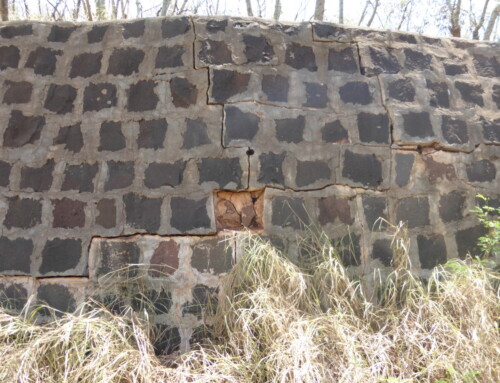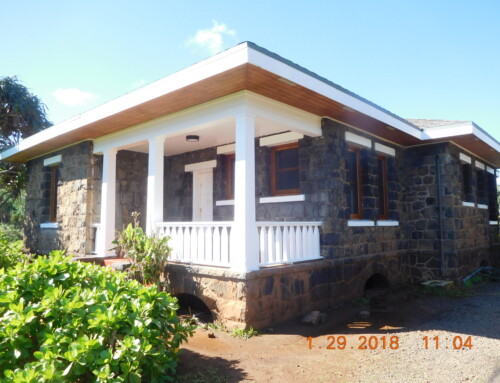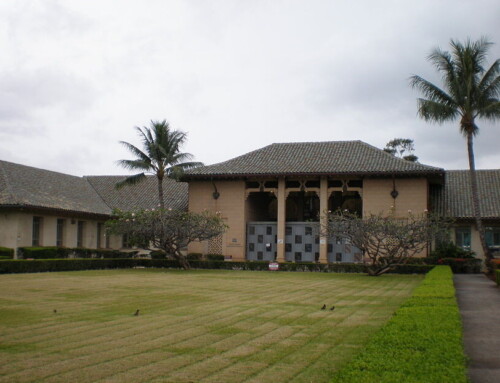It is important to ensure, to the greatest extent possible, that people with disabilities are provided access to historic resources. Done well, this access can be provided in ways that do not detract from or diminish the character-defining features or integrity of the structure. This is usually achievable by altering secondary spaces, areas that have already been altered, or non-character defining spaces of a building.
In a small number of cases where this cannot occur, the Americans with Disabilities Act (1990) allows for alternative methods of access. Congress established alternative requirements for properties that cannot be made accessible without “threatening or destroying” their significance. The ADA’s Accessibility Guidelines for owners of historic properties outline the method for consultation and development of alternative methods of access such as home delivery and audio-visual programs.
In the vast number of cases, however, accessibility can be achieved without destroying the historic character of a historic building. When planning accessibility modifications to historic buildings the steps are to first assess the historic significance of the property and identify character defining features; assess the property’s existing and required level of accessibility; and evaluate accessibility options within a preservation context. Additionally, all applicable accessibility requirements including local codes, state codes, and federal laws should be reviewed carefully. Solutions to accessibility issues should provide the greatest amount of accessibility without threatening or destroying those materials and features that make a property significant. Modifications should be based on the following priorities: making the main or a prominent public entrance and primary public spaces accessible, including a path to the entrance; providing access to goods, services, and programs; providing accessible restroom facilities; and creating access to amenities and secondary spaces.
More specific information for making various types of modifications can be found in the National Park Service’s Preservation Brief 32: Making Historic Properties Accessible.





